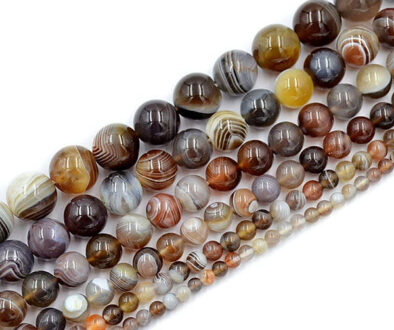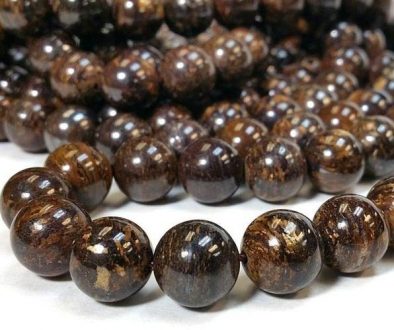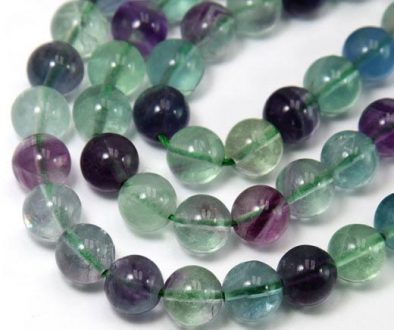Turquoise
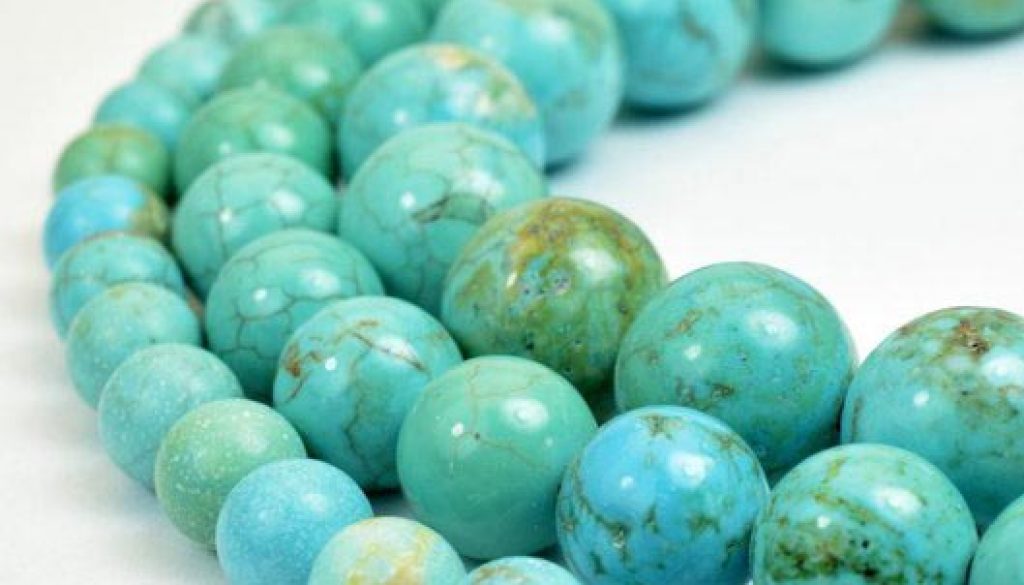
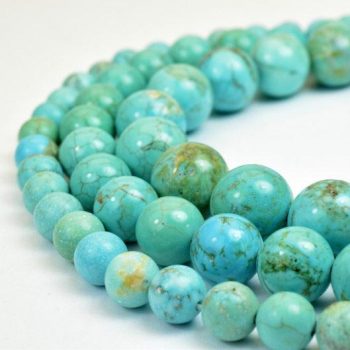 Turquoise is a hydrous phosphate mineral of aluminium and copper. Its chemical name is aluma phosphate, and its color is most commonly blue. There may be other Turquoise stones that are green or blue in color. Green means there is iron present in the stone, while blue means there is copper present. Its name is from the French word turquoise, which means Turkish stone. This is because Turquoise was transported to Europe from Asia by way of Turkey.
Turquoise is a hydrous phosphate mineral of aluminium and copper. Its chemical name is aluma phosphate, and its color is most commonly blue. There may be other Turquoise stones that are green or blue in color. Green means there is iron present in the stone, while blue means there is copper present. Its name is from the French word turquoise, which means Turkish stone. This is because Turquoise was transported to Europe from Asia by way of Turkey.
Turquoise aids in the absorption of nutrients, enhances the immune system, stimulates the regeneration of tissue, and heals the whole body. It contains anti-inflammatory and detoxifying effects, and alleviates cramps and pain. Turquoise purifies lungs, soothes and clears sore throats, and heals the eyes, including cataracts. It neutralises overacidity, benefits rheumatism, gout, stomach problems, and viral infections.
Turquoise can aid in the body’s nutrient absorption. It can also work in boosting the immune system and in the stimulation of tissue regeneration. Turquoise has detoxifying and anti-inflammatory effects. Its energies can help alleviate pains associated with cramps, stomach aches, or headaches. This stone can purify the lungs, soothe and clear throat problems, and heal eye problems such as cataracts.
Turquoise energies can also neutralize over acidity and can be beneficial when you’re suffering from gout, rheumatism, viral infections, or stomach problems.
